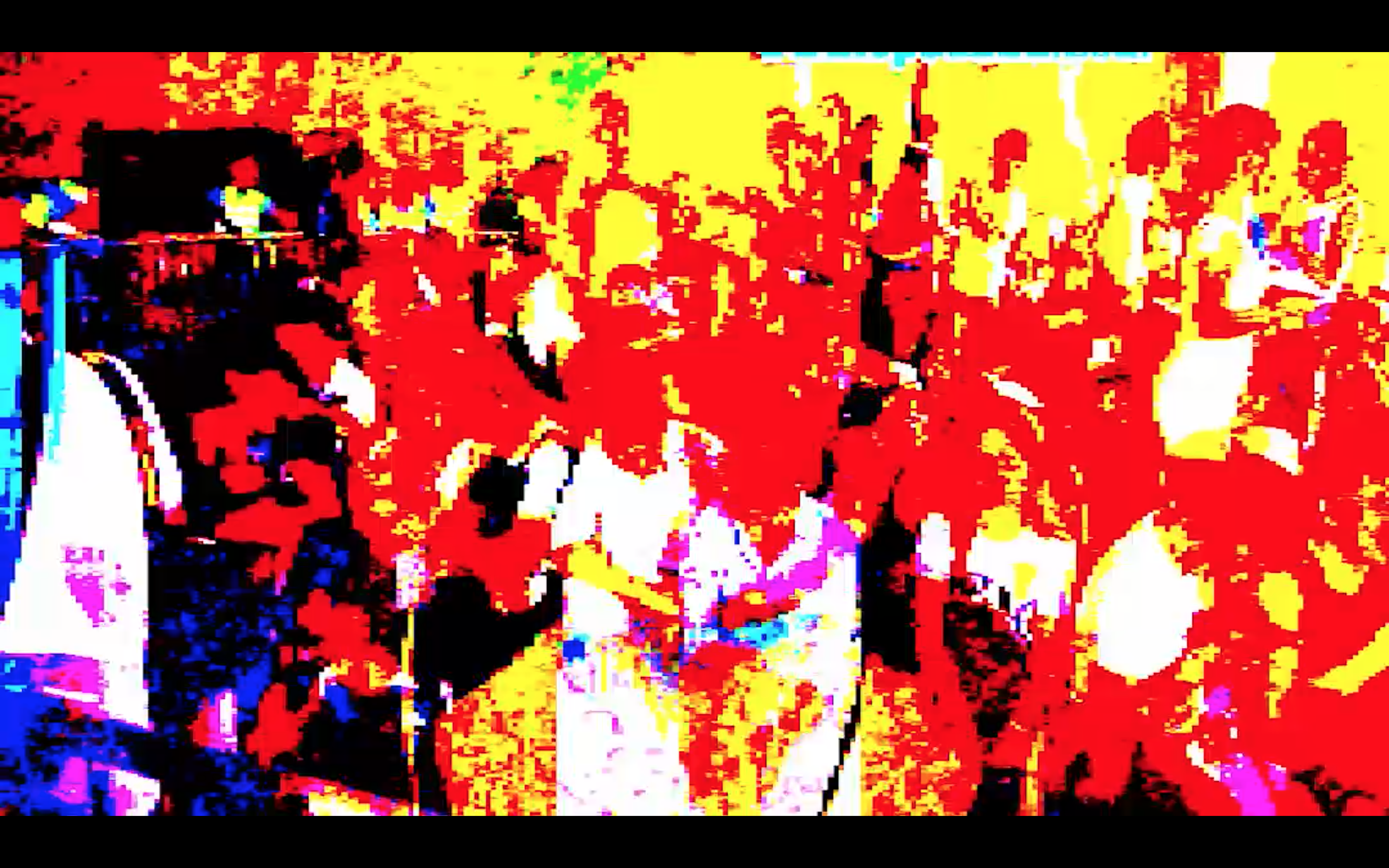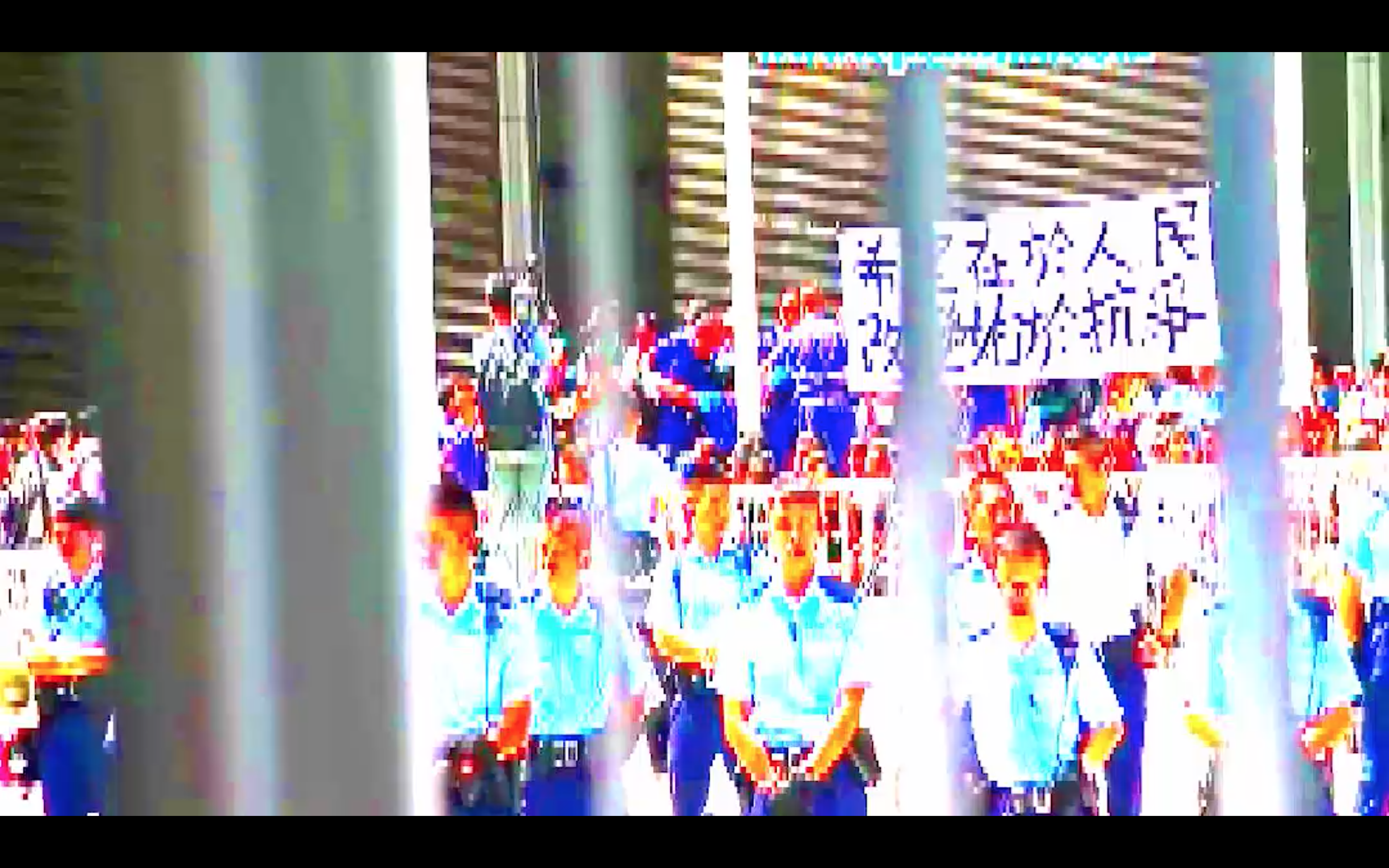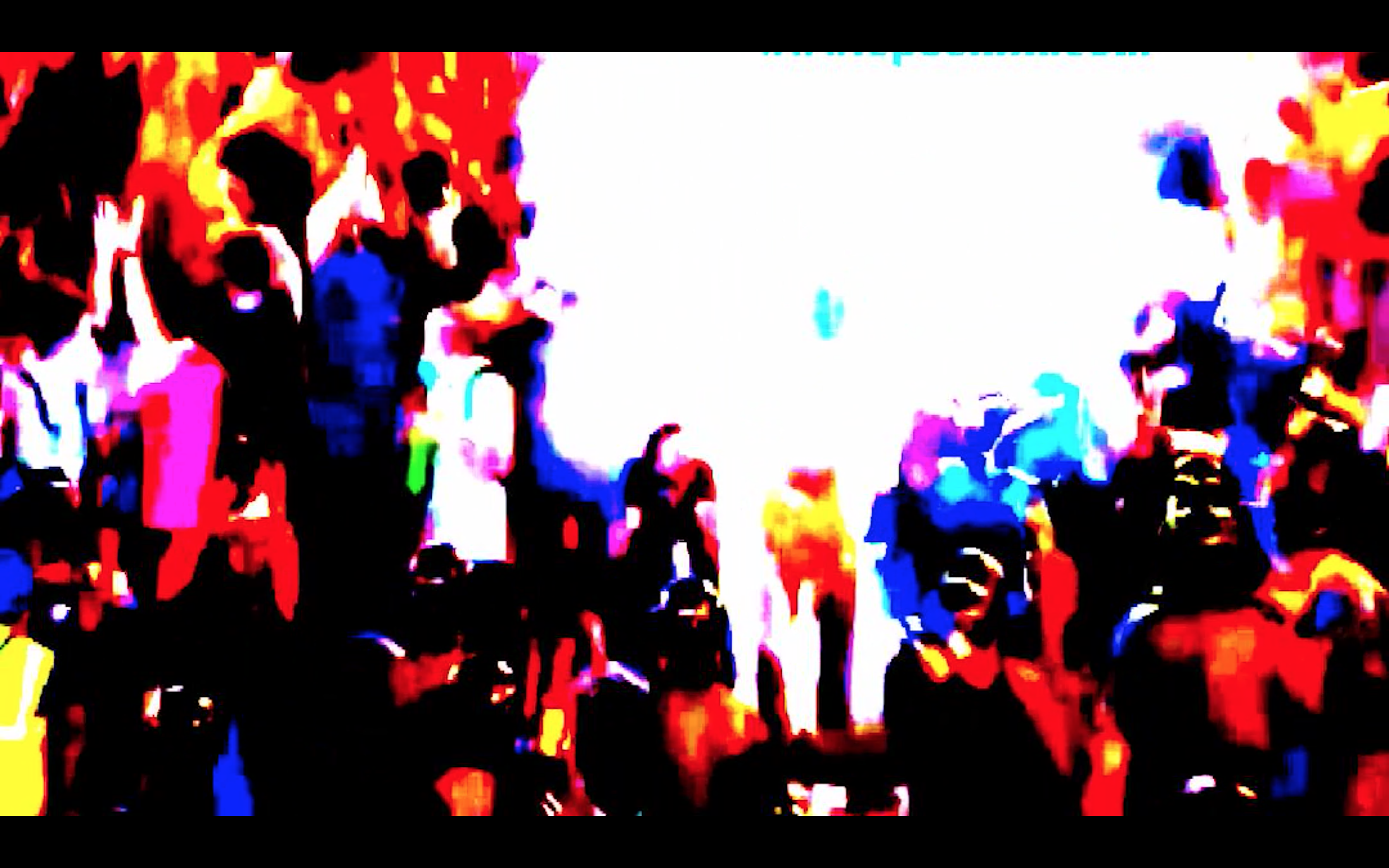14'50"
2015
Single channel video and stereo sound
On 31 August 2014, the China Standing Committee of the National People’s Congress declares to set further limits for the next elections with a non-democratic way of selecting candidates for the 2017 Chief Executive election. Further on, student groups staged an organised class boycott and formed public rallies and street assemblies. On 26 September, students gathered outside of the Government Offices barricade. The students’ group leader attempted to “reclaim” the Civic Square within the barricade, so they clamber over the fence in order to get in, then surrounded by polices. Many of them got sprayed with pepper spray, some students were arrested including the student leader. The opposition group announced the occupation movement on 28 September, shots of tear gas were fired later on. Many protesters started occupying different parts of the city, including Wan Chai, Causeway Bay and Mong Kok. The occupation lasted until December, where the leaders were voluntarily arrested and released. During the conflict, the real antagonists of the occupation movement are not only from the government, instead, many harassments and acts of violence are actually caused by the anti-occupy groups which are suspected to be included by triad members (mobs and gangster). Students and journalists were attacked, and police were failed to react and control the situation, as long as the police and the triad members are pro-government. Unfortunately, the television has also broadcasted that one of the opposition political party’s member was being assaulted by the police officers, excessive violence were enforced.
As being a social practice, the art is inextricable from the realm of a boarder politic. From what kinds of perspective, can an interactive audiovisual work examine and response to the conflicts and violence of the protest, but try to be neutral and reflective by not commenting the protest at the same time? The process of democratisation has often been slow, violent and full of resistance, and who can be sure to say their decision is right or wrong? In Umbrella, I redeveloped my previous interactive piece Incidentalis into a semi-interactive piece which allows the user to read a video file. The application is now able to transform any found videos into an audiovisual piece, and also you can mash it up with your own webcam. By saying that, the previous function of live interactive respond isn't taken away, yet it allows the user to swap in between the found footage and webcam live capture.







Found footage:
https://www.youtube.com/watch?v=b-ncuhIuqmg